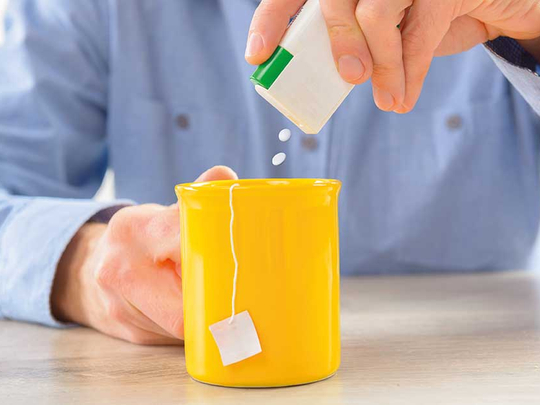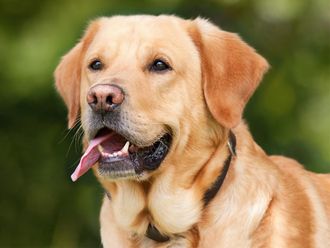
In what may be good news for dieters, a study has found that the artificial sweetener sucralose suppresses food intake. The study contradicts one published last year that found sucralose increases appetite.
Both studies were published in the same scientific journal, Cell Metabolism, and both worked from the same set of facts regarding sucralose consumption in fruit flies and mice. But the new study found what its authors say is a simpler explanation for the feeding behaviour.
It’s a great example of how scientific debate can be as much concerned with the interpretation of facts as the facts themselves.
The new study found that fruit flies that consumed sucralose in their diet consumed fewer calories, then compensated by eating more after being placed on a sucralose-free diet. In other words, flies given diets with non-nutritive sweeteners are underfed, and when given normal diets are simply making up for the lack of nutrition.
The study was conducted by scientists from The Scripps Research Institute and the University of Southern California. It can be found at j.mp/sucralosediet.
FASTING RESPONSE
The earlier study said consuming sucralose triggers an ancient mechanism that kicks in to respond to fasting, increasing hunger. This is because the nervous system detects that sucralose is a non-nutritive sweetener, or NNS, containing no calories, unlike traditional sweeteners such as honey or cane sugar.
Researchers led by Qiao-Ping Wang and Greg Neely from the University of Sydney tested food consumption in fruit flies and mice when given food containing sucralose.
Fruit flies were given a diet with sucralose, then switched to a diet without it. Their calorie consumption increased 30 per cent due to the increased hunger caused by the NNS-recalibrated system. But when the sweet-sensing system was genetically knocked out in mice, they didn’t increase eating in the presence of sucralose.
“Together, our data show that chronic consumption of a sweet/energy unbalanced diet triggers a conserved neuronal fasting response and increases the motivation to eat,” the first study concluded.
The new study replicated the increased feeding after eliminating sucralose. However, researchers led by Jin Hong Park and William W. Ja of The Scripps Research Institute branch in Jupiter, Florida, calculated that the increased eating contributed enough calories to make up for the deficit.
The excess eating is most likely simply a response to underrating, not to the NNS sucralose activating a fasting response that increases appetite, said Gil Carvalho, a USC study coauthor.
A simpler explanation
“Crucially, the original study did not analyse feeding during the sucralose exposure,” Carvalho said by email. “We know from experience that fruit flies are finicky and can dramatically change how much they eat depending on food composition. So this raises a critical problem. If flies change their feeding during the exposure, this could make them more or less hungry over time, which would then affect how much they eat once they’re switched off of sucralose, onto regular food. This scenario would contradict the interpretations of the 2016 study.”
The new study found evidence for this view by supplementing the sucralose-laced diet with sobitol, a tasteless nutrient. When the sucralose was removed, the flies ate a normal amount, possibly because sobitol eliminated the NNS diet’s caloric deficit.
“Our results do not support a role for sucralose in directly triggering a neural state simulating fasting,” the study stated. “Rather, they indicate that flies limit their ingestion of sucralose at the concentration used, with the observed effects likely arising as an indirect consequence of underfeeding.
The genetic and neural mechanisms discussed in the 2016 study probably play a role in fasting, the new study said, but more research is needed to determine what that role is.
Carvalho emphasised that the original paper’s observations aren’t questioned, only its interpretation. And he suggested how further research could provide more definitive evidence one way or the other.
“While the Ja piece does not prove beyond dispute that the interpretation of the 2016 study is incorrect (which may or may not be doable with additional evidence), it strongly questions it and provides a much simpler and common explanation for the observations,” he wrote.
“Flies do indeed overfeed after prolonged sucralose exposure,” Carvalho said. “But while the Neely piece proposes a neuronal effect of sucralose and sweetness/calorie imbalance, (an interesting, albeit somewhat far-fetched explanation), the Ja lab’s data points to a simpler scenario: flies underfeed on sucralose-supplemented food, and subsequently overfeed on normal food out of hunger.
“If this scenario turns out to be correct, the overfeeding shown by the Neely lab would not be specific to sucralose (but instead could be seen with any additive that causes underfeeding), and would not represent a novel neuronal circuit.”












